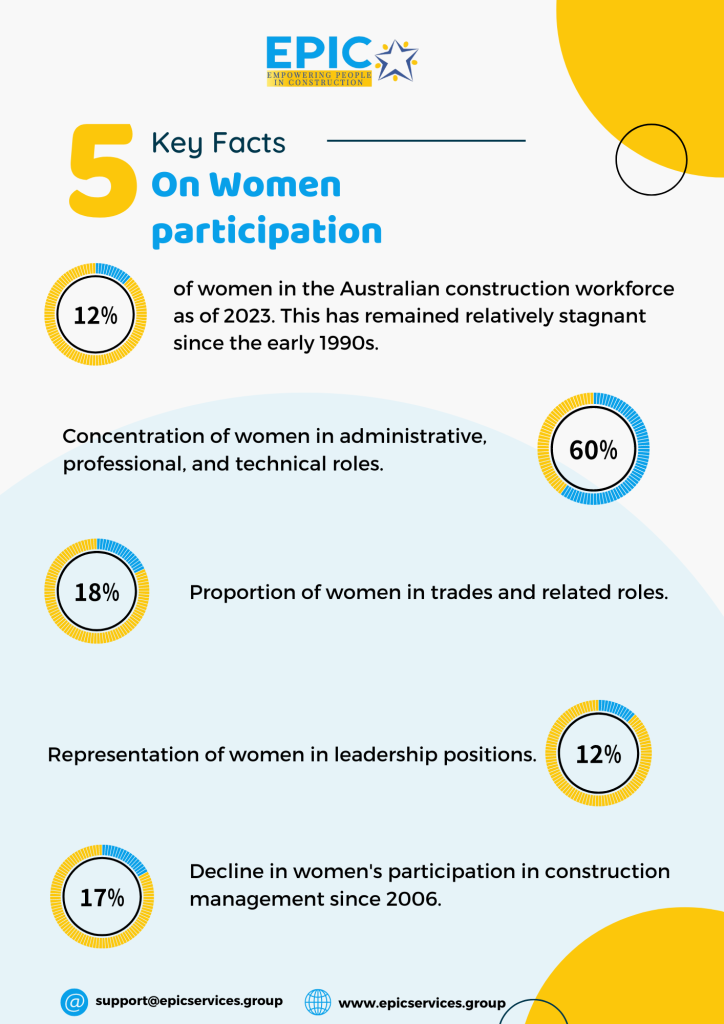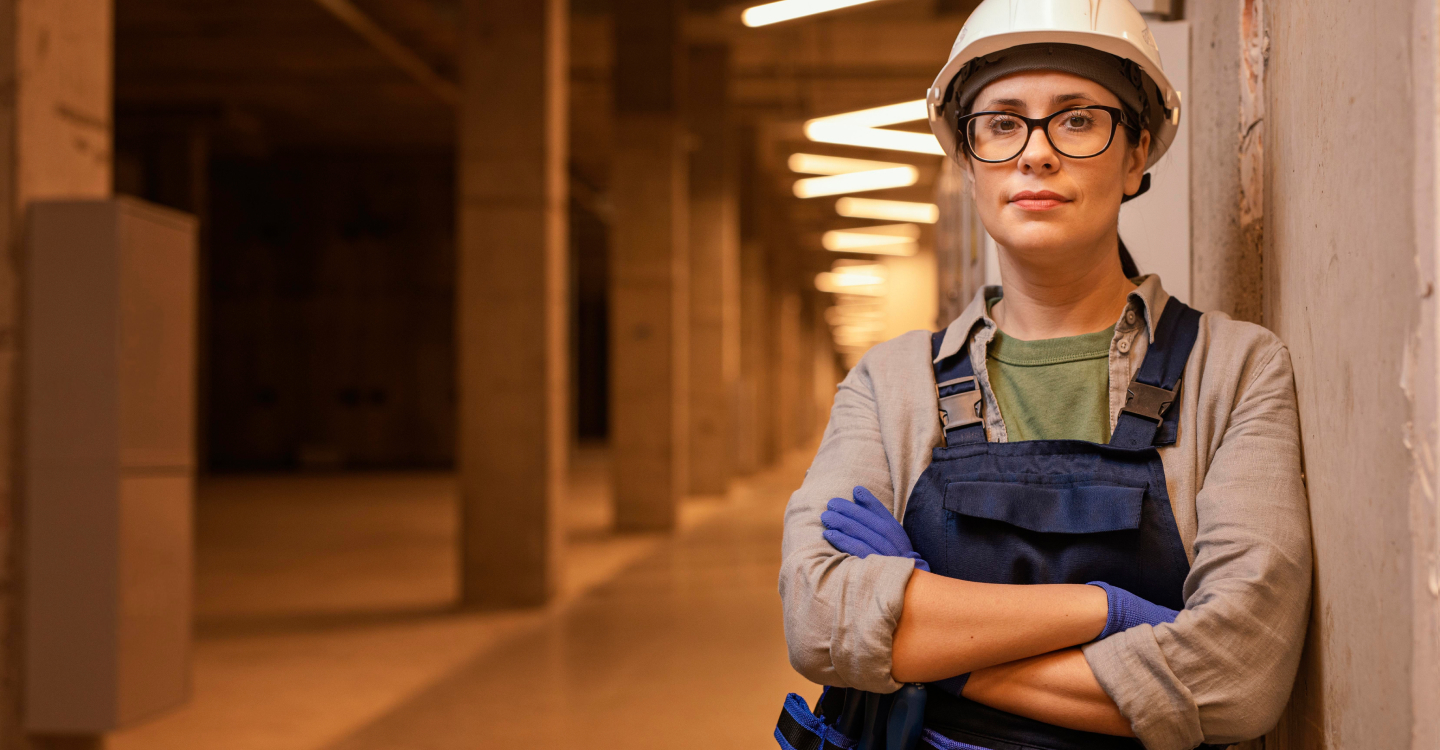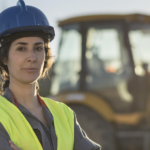The Australian construction industry is undergoing a significant cultural shift. The industry is actively working to create a more sustainable and inclusive environment characterized by long hours, poor mental health outcomes, and a lack of diversity. This transformation is driven by a combination of economic and social factors and aims to address critical issues that have plagued the industry for decades.
The Need for Change In Australian Construction
Excessive work hours and fatigue are hallmarks of the Australian construction industry, leading to high rates of injuries, illness, and absenteeism. A 2019 study by the Centre for WorkHealth & Safety found that construction workers are twice as likely to die from suicide than the national average. Furthermore, the industry struggles with a lack of diversity, with only 12% of the workforce being women in 2018. This limited talent pool hinders the industry’s ability to meet the growing demand for skilled labour.
These issues have a ripple effect, impacting not only the individual workers but also the industry as a whole. The high cost of injuries and mental health problems places a significant economic burden on businesses, while the lack of diversity limits innovation and creativity.
The Case of Diversity: Women’s Low Participation in Australian Construction
Despite ongoing efforts, women remain significantly underrepresented in the Australian construction industry. Here’s a snapshot of the current situation and the key factors hindering their participation:

- 12%: Percentage of women in the Australian construction workforce as of 2023. This has remained relatively stagnant since the early 1990s.
- 60%: Concentration of women in administrative, professional, and technical roles.
- 18%: Proportion of women in trades and related roles.
- 12%: Representation of women in leadership positions.
- 17%: Decline in women’s participation in construction management since 2006.
Factors Impeding More Women’s Participation In Construction
- Stereotypes and lack of role models: The industry’s perception as “masculine” and “unsuitable” for women discourages many from considering it. Additionally, the lack of visible female role models further perpetuates this image.
- Work-life balance challenges: Long hours, inflexible work arrangements, and limited access to childcare make it difficult for women, especially mothers, to manage both their careers and personal lives.
- Workplace culture: The industry suffers from issues like bullying, harassment, and discrimination, creating a hostile environment for women.
- Lack of support and infrastructure: Limited access to training programs, mentoring initiatives, and gender-friendly facilities further hinders women’s growth and career progression.
- Occupational safety and health concerns: Physical demands, safety hazards, and limited access to appropriate personal protective equipment deter women from entering and staying in construction roles.
Addressing the Barriers: Ongoing Initiatives to Address Challenges and Increase Female Participation in Australian Construction
Several initiatives are underway to address the challenges women face in the Australian construction industry and increase their participation. Here are some key examples:
1. Promoting the Culture Standard
The Construction Industry Culture Taskforce (CICT) developed the Culture Standard, a set of principles and guidelines for creating positive and inclusive workplaces. This standard emphasizes:
- Diversity: Promoting a workforce that is representative of the community.
- Worker Time for Life: Ensuring reasonable working hours and promoting work-life balance.
- Wellbeing: Supporting the physical and mental health of workers.
- Diversity: Promoting a workforce that is representative of the community.
In a recent update, construction companies are now pledged to uphold the new cultural standard.
2. Developing Flexible Work Arrangements
According to a report by the Cole Royal Commission on Building and Construction, making work practices more flexible is crucial for boosting productivity. The report highlighted that offering flexible work hours is essential because many workers have different preferences based on their home or other commitments.
Many companies are now pledged to offering flexible work arrangements, such as:
- Part-time work: Allows women to balance their work and personal lives.
- Job sharing: Enables two people to share one full-time position.
- Flexible start and finish times: Provides more control over schedules.
- Remote work: Allows some tasks to be completed from home or another location.
3. Providing Training and Mentorship Programs
Several programs are now being developed to equip women with the skills and knowledge they need to succeed in construction. Most notable is the Women Building Australian mentoring program that offers support to women in the building and construction industry who have up to 5 years of experience. It provides access to guidance, encouragement, and advice from experienced individuals through virtual or in-person mentoring relationships. Other programs include:
- Pre-apprenticeship programs: Introducing women to construction trades and providing basic training.
- Apprenticeship and traineeship programs: Offering paid on-the-job training and qualifications.
- Mentoring programs by private organizations: Connecting women with experienced professionals for guidance and support. An example of this is the Empowering People In Construction (EPIC) training and mentoring program for women in construction
4. Creating Gender-Friendly Environment.
The construction industry has mostly been dominated by men, and it’s time for a change. To address this, the government, through the Building Industry Consultative Council (BICC), has supported the creation of Building Gender Equality: Victoria’s Women in Construction Strategy 2019-2022.
Furthermore, there’s a growing push for facilities that cater to all genders, resulting in many construction sites being outfitted with:
- Clean restrooms and changing rooms: Provide more privacy and comfort for women.
- Security cameras and lighting: Enhance safety and security.
- Access to childcare facilities: Support working mothers.
5. Promoting Role Models and Success Stories
Data from the Australian Bureau of Statistics reveals that in the Australian construction industry, 97% of CEOs and 88% of senior managers are men. Female role models are scarce in leadership positions. Interviews with female alumni indicate unequal access to job opportunities for both men and women. Women are often directed toward roles traditionally associated with females, like administration or design, limiting their chances to advance into leadership positions.
However, in September 2022, UNSW Built Environment Researchers Dr. Cynthia Wang and A/Prof Riza Sunindijo received $2.3 million from the Department of the Prime Minister and Cabinet’s Office for Women as part of the Federal Government’s Women’s Leadership and Development Program.
The project aims to draw, keep, and empower women in construction for greater career paths, in an industry traditionally dominated by men.
Importantly, highlighting the achievements of women in construction helps to:
- Inspire others: Shows what’s possible and breaks down stereotypes.
- Challenge perceptions: Demonstrates that construction is a viable career option for women.
- Attract and retain talent: Makes the industry more appealing to women.
Additional Initiatives
- Ground-breaking Pledge: A commitment from major construction companies to implement the Culture Standard.
- Women in Construction (WIC) Awards: Recognize and celebrate the achievements of women in the industry.
- Industry-specific support groups: Provide opportunities for women to network and connect.
- Educational outreach programs: Introduce girls to STEM (science, technology, engineering, and mathematics) and construction at a young age.
With continued efforts and collaboration, and fostering a more inclusive and supportive environment, the Australian construction industry can attract and retain more female talent, unlock its full potential and achieve a more diverse and vibrant workforce – a more equitable and rewarding workplace for everyone.
Economic and Social Drivers for Cultural Change in Australian Construction

The impetus for change is multifaceted. On the economic front, businesses are recognizing the negative impact of the current culture on their bottom line. The high cost of injuries and mental health issues, coupled with the difficulty of attracting and retaining talent, is forcing companies to re-evaluate their approach to work.
Social factors are also playing a crucial role. There is a growing awareness of the importance of mental health and well-being, and employees are demanding flexible work arrangements and work-life balance. Additionally, there is a push for a more inclusive and diverse workforce, reflecting the changing demographics of Australian society.
Ongoing Challenges and Opportunities
While significant progress has been made, there are still challenges that need to be addressed. Changing deeply ingrained cultural norms takes time and effort. Additionally, gaining buy-in from all stakeholders in the industry can be difficult. Measuring and monitoring progress is also essential to ensure that the initiatives are having the desired effect.
Despite these challenges, the potential benefits of a positive and inclusive culture are vast. A transformed construction industry would be more productive, profitable, and attractive to a wider talent pool. This would ultimately lead to a safer, healthier, and more sustainable industry for everyone involved.
Final Thought: A Call to Action
Transforming the Australian construction industry culture requires a concerted effort from all stakeholders. Businesses, government, workers, and unions all have a role to play. Individuals can support the change by:
- Learning more about the Culture Standard and the Ground-breaking Pledge.
- Holding their employers accountable to creating a positive and inclusive work environment.
- Speaking out against bullying, harassment, and discrimination.
- Supporting initiatives that promote diversity and inclusion in the industry.
By working together, we can build a better future for the Australian construction industry, one where everyone feels safe, valued, and respected.






